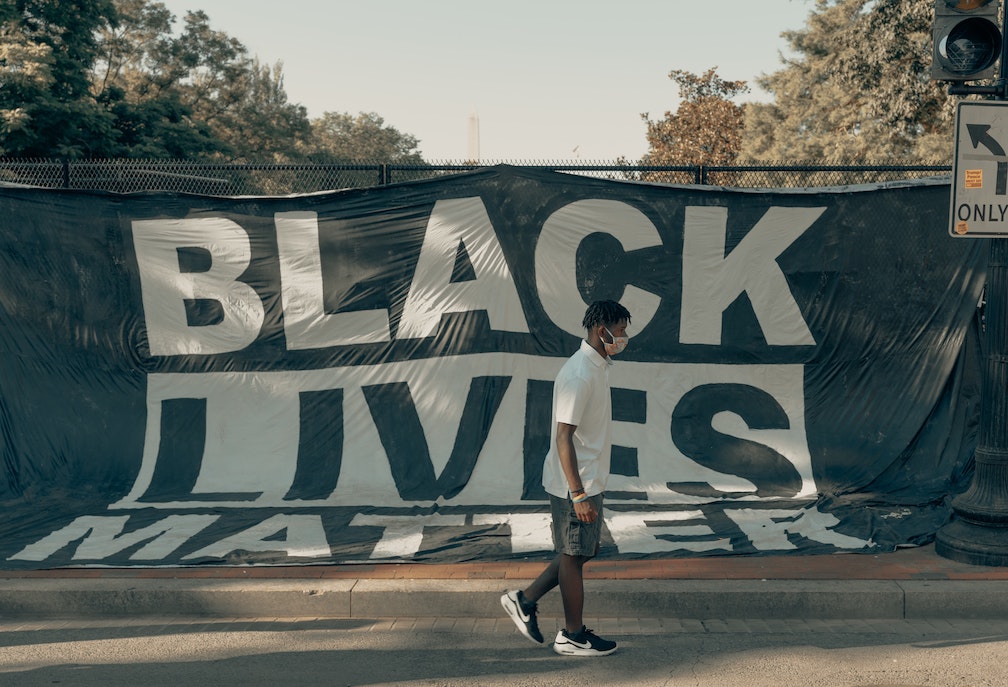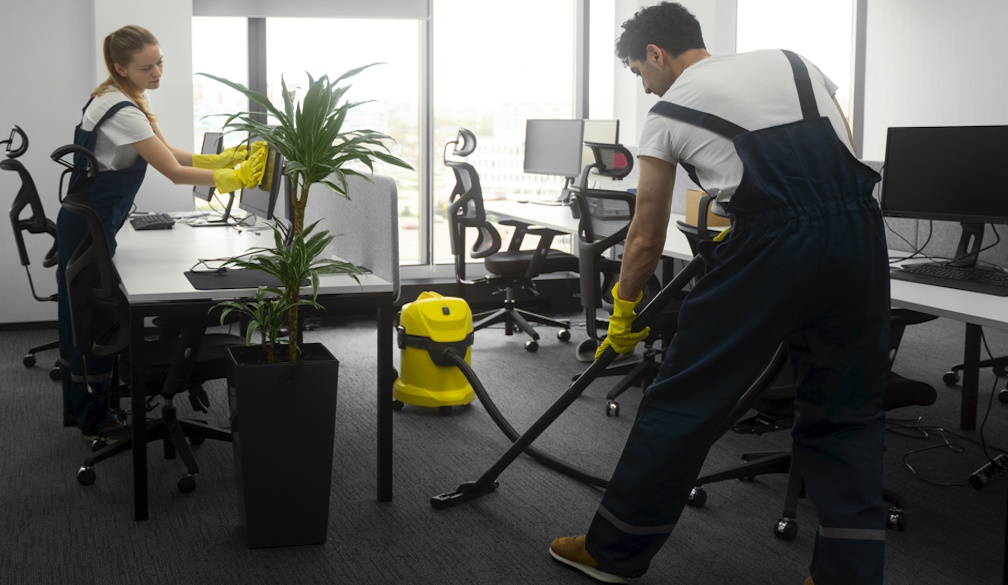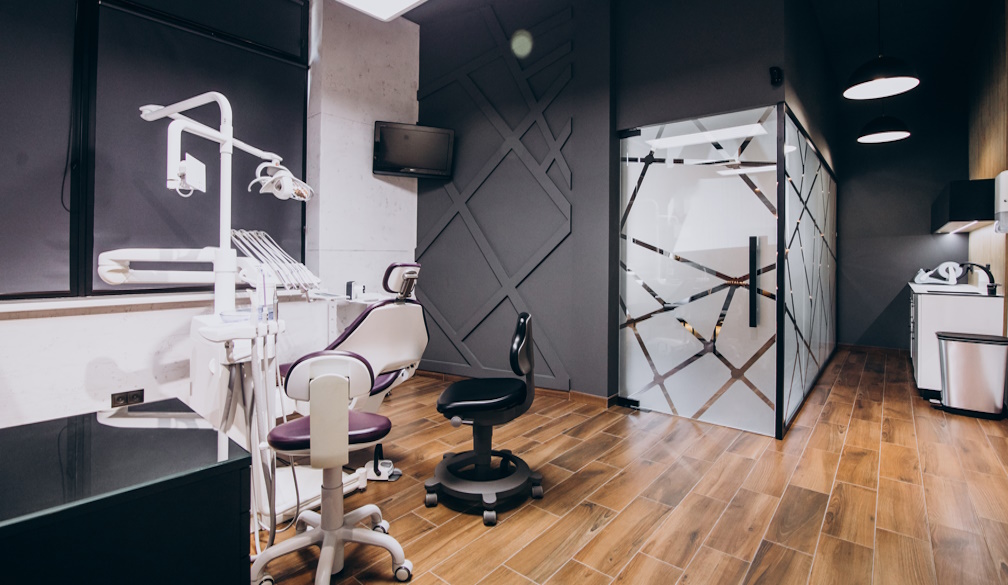Hearing loss rate among First Nations children to be halved
In the 2021-22 financial year, Hearing Australia supported some 23,000 Aboriginal and Torres Strait Islander peoples with their hearing needs. Around half were young children assessed under the government-funded Hearing Assessment Program – Early Ears (HAPEE), with around 1 in 4 requiring referral to specialist services.

A plan to halve the rate of hearing loss in Aboriginal and Torres Strait Islander children by 2029 has been launched by Hearing Australia.
Photo: Hearing Australia senior audiologist Katrina Oliveiro conducts a hearing assessment
A plan to halve the rate of hearing loss in Aboriginal and Torres Strait Islander children by 2029 has been launched by Hearing Australia.
Across Australia, inflammation and infection of the middle ear is far more frequent and serious in Aboriginal and Torres Strait Islander children compared to non-Indigenous children. In fact, one in three Aboriginal and Torres Strait Islander children experience this disease, making it difficult for them to hear, learn and yarn. Studies show Aboriginal and Torres Strait Islander children experience up to 32 months of conductive hearing loss, compared to just three months among non-Indigenous children.
The new plan commits Hearing Australia to building on its current collaboration with organisations, government and communities to improve the systems, services and policies that contribute to better ear health and hearing outcomes. It’s aligned to the objectives of the National Agreement on Closing the Gap and demonstrates Hearing Australia’s commitment to ensuring Aboriginal and Torres Strait Islander communities are empowered to share decision-making about how services are delivered.
“Implementing this Action Plan is crucial to help reduce the rate of hearing loss in First Nations children,” says Kim Terrell, Hearing Australia’s Managing Director. “It was co-designed with Aboriginal and Torres Strait Islander health care experts and sets out the actions that Hearing Australia will take, in collaboration with its partners, to improve the ear health of First Nations children.
“This will be achieved by supporting national leadership, accelerating access to care, and building workforce capabilities in primary health care services across Australia. We stand together with our partners in a steadfast commitment to dramatically improve the hearing health of First Nations children.”
The work of Hearing Australia’s First Nations Services Unit, established in 2021, is showing positive results in improving ear health and hearing outcome results, but there is more work to be done. According to research from the Unit, there has been a reduction in the age Aboriginal and Torres Strait Islander children are receiving hearing aids. Today, one in five First Nations children who need hearing aids receive them before the age of three – a significant improvement from the one in 20 children in 2008.
Wiradjuri woman and Hearing Australia Acting National Manager Stakeholder Relations, First Nations Services Unit, Sherilee McManus, says the specialist Unit is helping to address the hearing gap. “Many of the children and adults we see have very complex needs, which means they require specialised services. Because of the relationships we’ve forged with a range of partners, including peak bodies, health and education services and ear health stakeholders, we’re able to provide these specific services, to pick up hearing problems sooner and to fast-track treatment and rehabilitation,” she said.
Hearing loss in a child’s early developmental years can delay speech and language development, contributing to greater inequality in education, employment, and overall health outcomes. The most recent National Aboriginal and Torres Strait Islander Health Survey found some 30 per cent of Aboriginal and Torres Strait Islander school-aged children had a measured hearing loss in one or both ears.
“Early identification of otitis media and referral to specialist treatment and support services is crucial for preventing long term speech, language, social and emotional impacts of hearing loss,” says Hearing Australia First Nations Services Clinical Leader, Clare Manhood.













